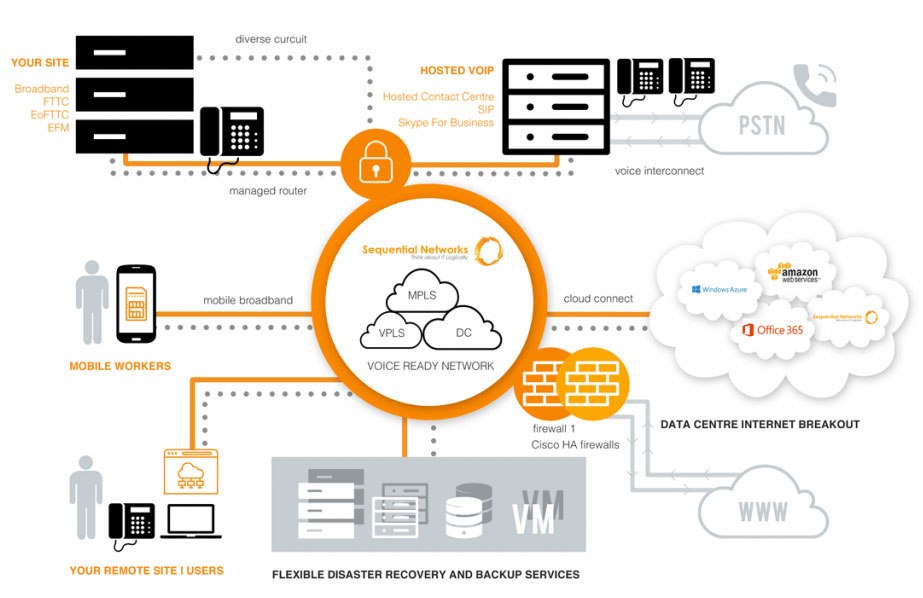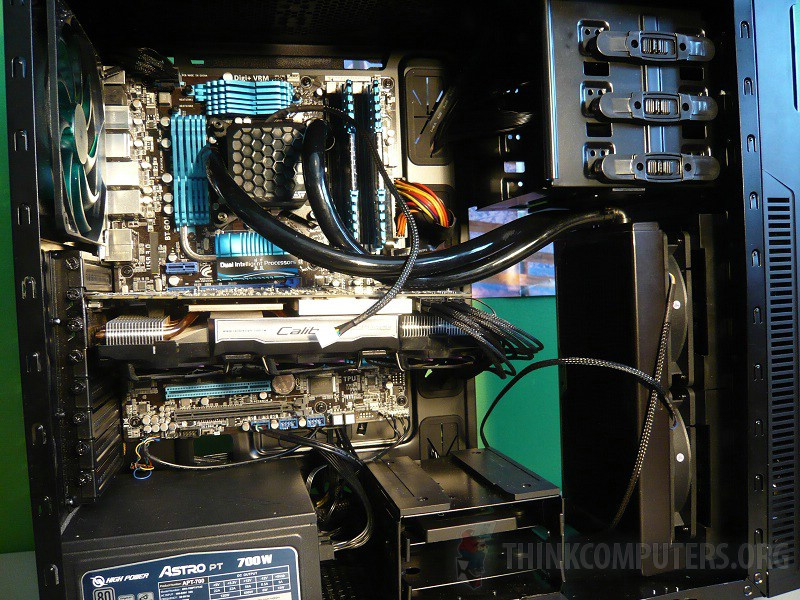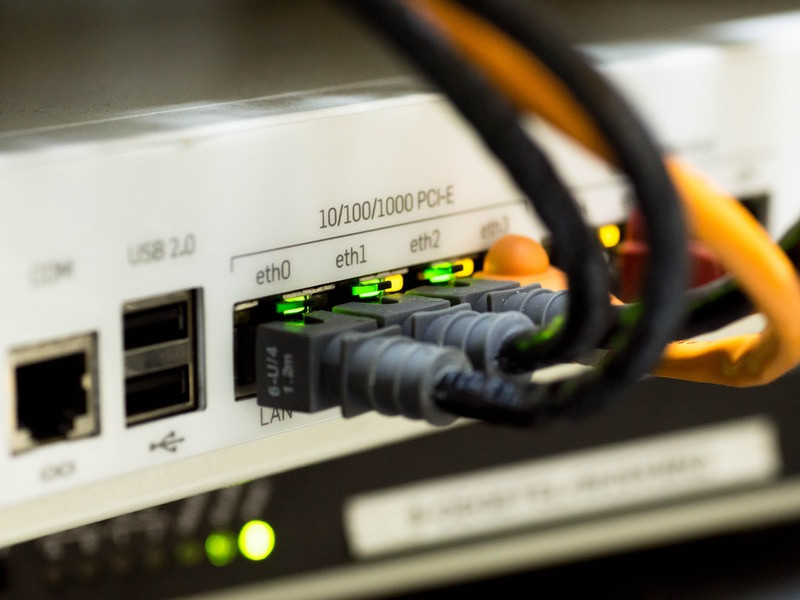- About us
- Contact us
- 0203 817 4835
- 0161 413 4486

VPLS UK LAYER 2 NETWORK TECHNOLOGY. ITS ADVANTAGE OVER ALTERNATIVE NETWORK TECHNOLOGIES IS THAT IT ALLOWS GEOGRAPHICALLY-DIVERSE LOCATIONS TO CONNECT TOGETHER AS IF ON THE SAME LOCAL AREA NETWORK (LAN).
UK Multipoint Connectivity with VPLS
VPLS is a virtual private network technology that allows any-to-any, otherwise known as multi-point connectivity. In a VPLS UK Layer 2 network, the local area network (LAN) at each site is extended to the edge of the provider network. The provider network then emulates a switch or bridge to connect the LANs. This creates a single bridged LAN. Receiving the benefits from lower latency and jitter.
By providing an ethernet network, you the customer are given a greater level of manageability. Network changes do not require the assistance of the carrier. Some carriers also provide robust online management tools that allow you to view every single hop of your VPLS network, right down to the local loop. This provides greater ease in troubleshooting network problems or failures.
Sequential Networks gives you UK multipoint connectivity via our VPLS UK Layer 2 network.
SEQUENTIAL NETWORKS CONNECTIVITY DIAGRAM

FOR EXPERT ADVISE TO HELP DESIGN, BUILD AND MANAGED YOUR VPLS REQUIREMENT.

The Advantages? |
|

The Disadvantages? |
|
Sequential VPLS UK LAYER 2 NETWORK – VPLS UK
UK ANY-TO-ANY, OR MULTIPOINT CONNECTIVITY
Sequential Network’s VPLS UK solution enables geographically dispersed sites to share an Ethernet broadcast domain by connecting sites through pseudo-wires. Sequential VPLS UK makes it easy to connect geographically dispersed locations – thus improving both internal communications and productivity.
ROBUST NETWORK
High speed and reliable connectivity using Dedicated bandwidth, backed up by rigorous SLAs.
Dynamic routing makes our solution resilient. This is further enhanced by automatically redirecting core network traffic in the event of a network outage. Resulting in minimal disruption to your business.
Sequential flexibility speeds range from 2Mb up to 10Gb, with bandwidth upgrades available in small increments in line with business growth. You therefore only pay for what you need – when you need it!
Both VPLS and MPLS Provide

Private Networking

Class of Service Options

Any-to-Any Site Communications

Support for IP Based Services
The main differences between the two services include
Types Of Access Method
Number Of Sites
IP Routing Control
Your MPLS or VPLS UK Layer 2 network requirement will focus on the three differences when evaluating the technology for a situation.
VPLS allows you to maintain control over routing. It does not share layer 3 routing tables with the service provider. VPLS also is protocol independent which supports IP, IPX and other legacy protocols. If there are limitations in the number of sites supported by VPLS, and availability of Ethernet coverage. Then, you may look at deploying a combination of MPLS and VPLS services. Instead of a pure VPLS network. For example, MPLS can be used at branch locations, while VPLS is used between data centres.

